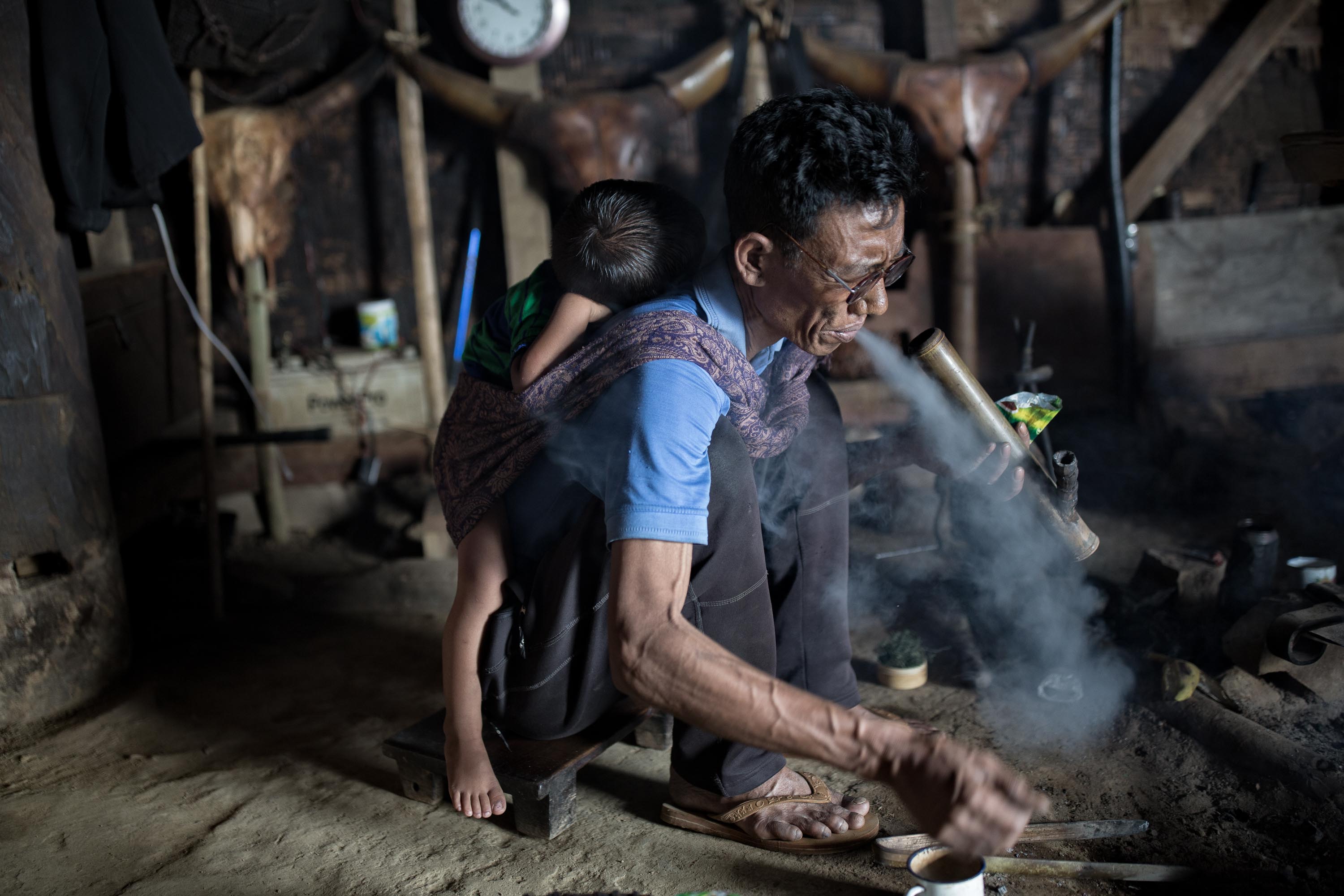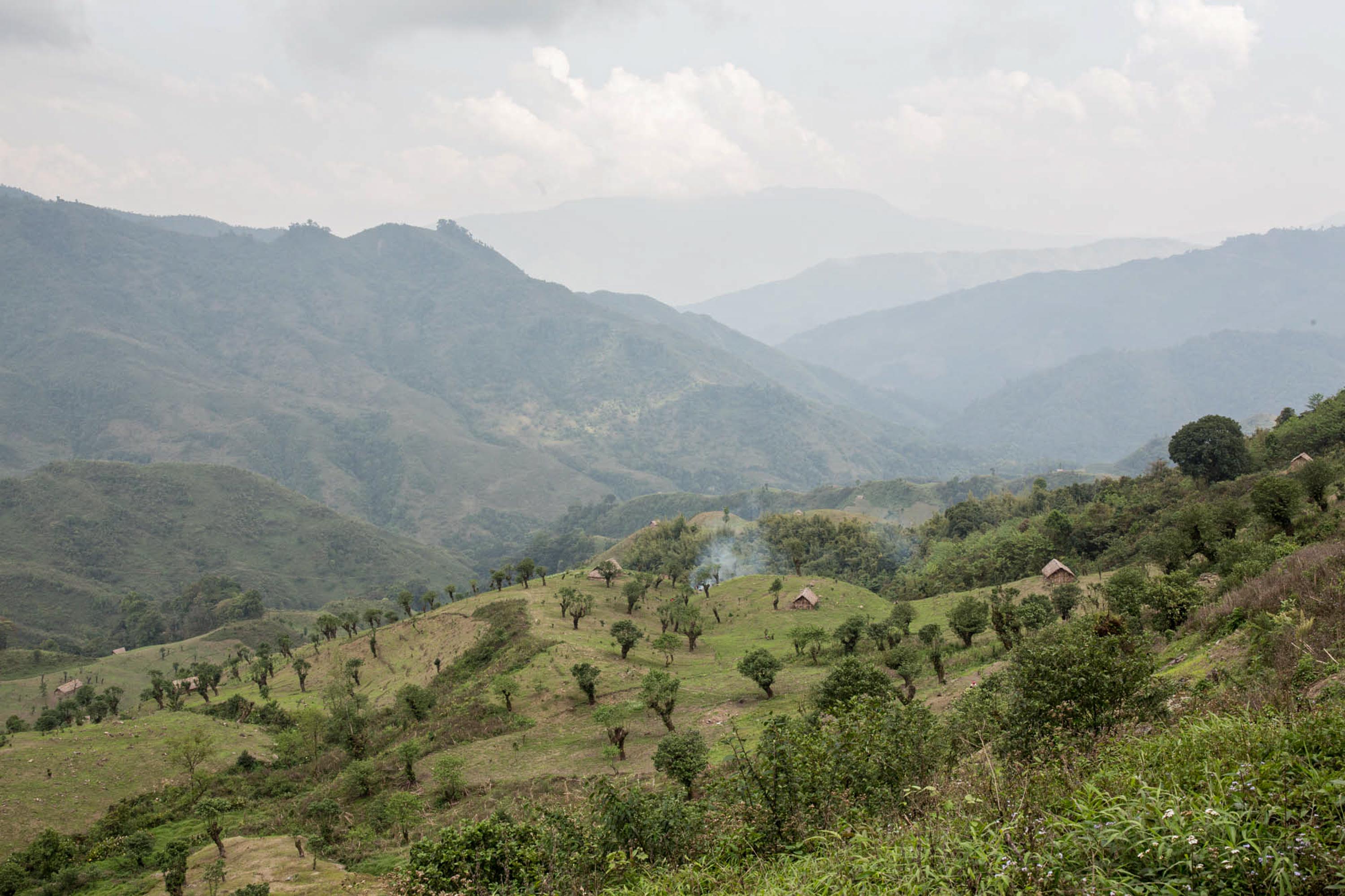Head Hunters
On the road to the North East India I was intrigue to the fascinated of the tribal people and cultures of the Konyak Tribe, better known as the headhunters, the largest of 17 officially recognized tribes in Nagaland and infamous due to their tradition of head hunting.
Until as recently as 1969 the Konyak tribe had a reputation of being fierce warriors who often attacked nearby villages of other tribes and took great pride in taking the heads of opposing warriors as trophies to hang in the Morung (a communal house).
I travel as far as Longwan a village where the main road that split the village is the border with Myanmar . it is a militarise area due the long conflict with the state and separatist
On August 15, 1947 India overthrew the British rule and became independent. But just a day earlier, Nagas revolted against the Indian government, declaring that they were a separate nation and would not accept New Delhi’s rule.
Led Angami Zapu Phizo, the Nagas comprising of 17 major tribes and 20 sub-tribes, united under the banner of Naga National Council (NNC) in August 1947 to carry out the fight against India. Ao, Angami, Sema, Lotha, Tangkhul, Konyak, Rengma and Mao are some of the major Naga tribes and although each one of them speaks a different language, all of them demanded an independent Nagaland. NNC also held a referendum in May 1951 claiming 99% of the Nagas voted in favour of an independent Nagaland but it was never accepted by the Indian government.
For headhunters taking of a head was a great honour and symbol of courage and the number of heads taken indicated the power of a warrior as well the whole tribe and becomes a collective totem. The headhunters traditionally have a very distinctive look, with colourful tribal beaded jewellery, exotic accessories and colourful intricately woven shawls. Perhaps the most intriguing part of the head hunter’s appearance are the facial and hand tattoos that were earned for taking an enemy’s head.
Spending time in the remoted villages of Longwan I start noticing the high consume of opium among the new generation, which I believe is becoming a problem in the communities.


















































